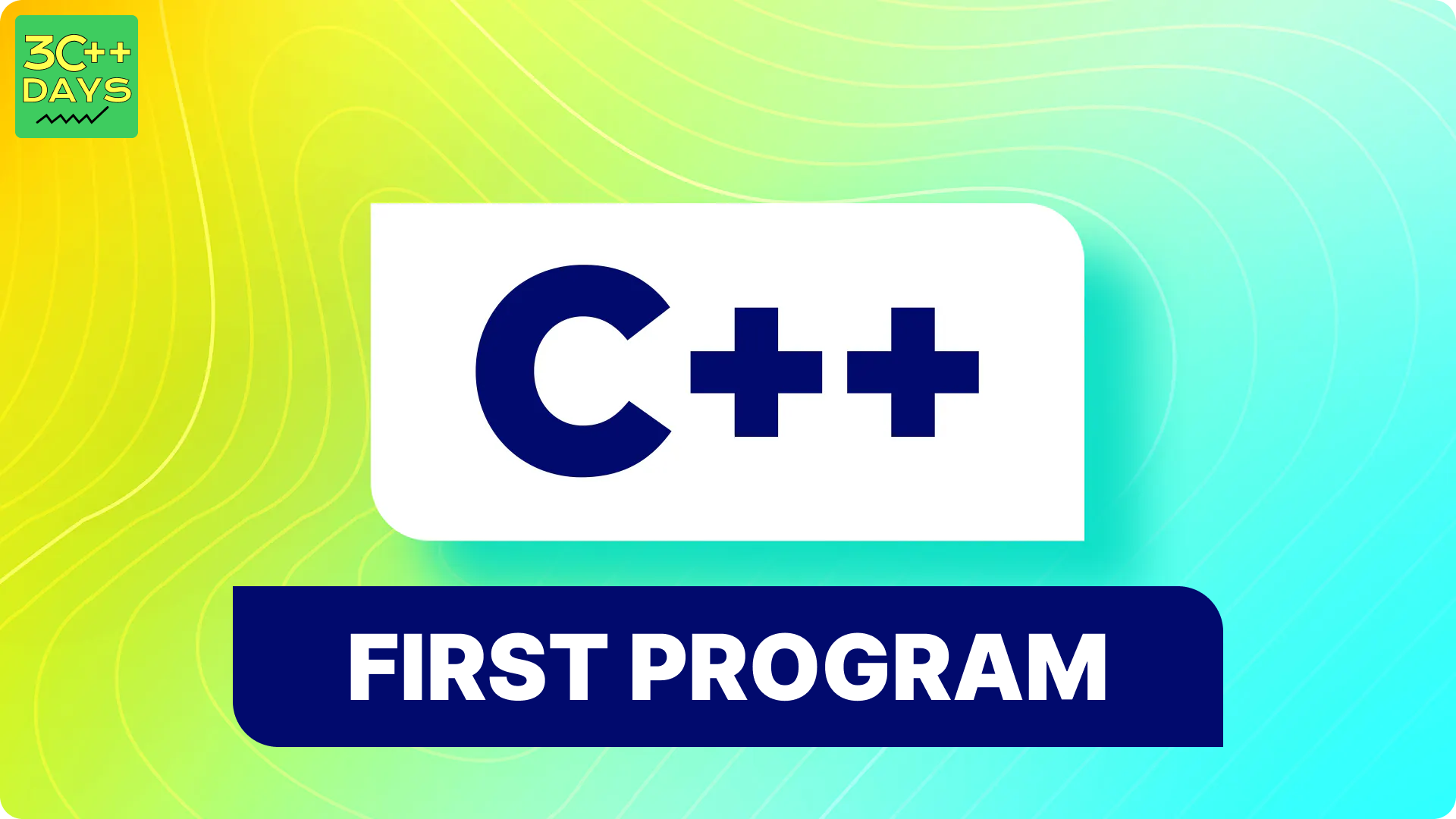First C++ Program: Hello, World!
Your First Steps in C++: Hello, World!
Welcome to the exciting world of C++ programming! Today, we'll embark on a journey together, crafting our very first C++ program - the classic "Hello, World!". This simple program lays the foundation for understanding core C++ concepts.
Setting Up
Before diving into code, you'll need a text editor or an Integrated Development Environment (IDE) to write and compile your C++ program. Popular choices include Notepad++, Visual Studio Code, or Code::Blocks.

Write a Simple "Hello, World!" Program in C++
#include <iostream>
int main() {
std::cout << "Hello, World!" << std::endl;
return 0;
}
2. Output of the program.
When you run this program, it will display the following output:
Hello, World!
You'll need a C++ compiler to run this program. Here's a general process:
- Save the code in a file with a
.cppextension (e.g.,hello_world.cpp). - Compile the code using a C++ compiler. The specific command will vary depending on your compiler.
- Execute the compiled program (the generated executable file).

3. Explain the code line by line.
-
#include <iostream>: This line is called a preprocessor directive. It instructs the compiler to include the contents of the<iostream>header file. This header file provides essential input/output functionalities like cout for printing to the console. -
int main(): This line declares the main function, which is the program's entry point. The int keyword specifies that the main function will return an integer value (usually 0 to indicate successful execution). -
: The curly braces mark the beginning and end of the code block for the main function. All the statements within this block will be executed when the program runs.
-
std::cout > > "Hello, World!" > > std::endl;: This line is the heart of the program. It performs the following actions:
- std::cout: This is an object of the ostream class (from >iostream<) used for standard output (printing to the console).
- > >: This is the stream insertion operator. It's used to send data to the output stream (cout) on the left side.
- "Hello, World!": This is the actual string literal that you want to print.
- std::endl: This manipulator inserts a newline character after the string, ensuring the output appears on a new line.
-
return 0; : This line exits the main function and returns the value 0 to the operating system. A return value of 0 typically indicates successful program execution.
4. Explain Basic Structure of C++ Program.
- Preprocessor Directives (Optional):
- Lines starting with
#. - Not actual C++ statements but instructions for the preprocessor (a separate program that runs before compilation).
- Common example:
#include <iostream>- This includes theiostreamheader file, providing input/output functionalities like cout for printing to the console.
- Namespaces (Optional):
- Lines using the
namespacekeyword. - Help organize code by grouping related elements (like functions, classes) under a specific namespace.
- Common example:
using namespace std;- This brings the std namespace (containing standard objects likecout) into scope, avoiding repetitive use ofstd::.
- Function Definitions:
- Functions are reusable blocks of code that perform specific tasks.
- Defined using a return type, name, parameter list (optional), and a code block within curly braces
({}). - The
mainfunction is the entry point of the program, where execution begins.
- Variable Declarations:
Variables store data during program execution.
Declared using a data type (e.g., int, double) and a name following specific naming rules (letters, numbers, underscores, case-sensitive).
Example: int age = 25; - Declares an integer variable age and initializes it with the value 25.
5. Statements:
Lines that perform actions or control the program flow. Examples:
cout << "Hello, World!" << endl;- Prints "Hello, World!" to the console.if (age >= 18) { ... }- Conditional statement to check if age is greater than or equal to 18 and execute code within the block if true.for (int i = 0; i < 3; i++) { ... }- Loop that iterates three times.
- Comments (Optional):
- Lines starting with
//(single line comment) or/* ... */(multi-line comment). - Provide explanations within the code for better understanding.
- Ignored by the compiler but essential for human-readable code. Here's a basic program structure summarizing these elements:
C++
#include <iostream> // Preprocessor directive (optional)
using namespace std; // Namespaces (optional)
// Function definitions
int main() {
// Variable declarations and statements
cout << "Hello, World!" << endl;
return 0;
}
Remember, this is a basic structure, and more complex programs may involve additional elements like classes, objects, and header files for custom functions.